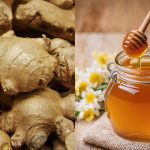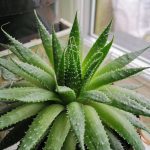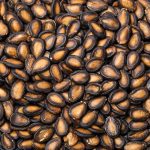
Allergies can be a real nuisance. They cause sneezing, itching, watery eyes, and a runny nose, making it hard to enjoy the beauty of the changing seasons. While over-the-counter medications can help, some people prefer natural remedies.
In this blog post, we’ll explore various home remedies for allergies, including the use of local honey, nasal irrigation, and quercetin-rich foods. These methods can be effective in managing allergy symptoms naturally.
Understanding Allergies
Allergies occur when the immune system overreacts to substances like pollen, pet dander, or dust mites. These substances, called allergens, trigger the release of histamines in the body, leading to allergy symptoms. The goal of managing allergy symptoms is to reduce exposure to allergens and minimize the body’s reaction to them.
What are the Home Remedies for Allergies
Local Honey: A Sweet Solution
One popular home remedy for allergies is local honey. The idea is that consuming honey made by bees in your area can help your body build a tolerance to local pollen.
How Local Honey Works
Bees collect pollen from local flowers and trees, which ends up in the honey they produce. By eating small amounts of this honey regularly, you might help your immune system become accustomed to the pollen, reducing allergic reactions over time. It’s similar to the concept of allergy shots but much tastier.
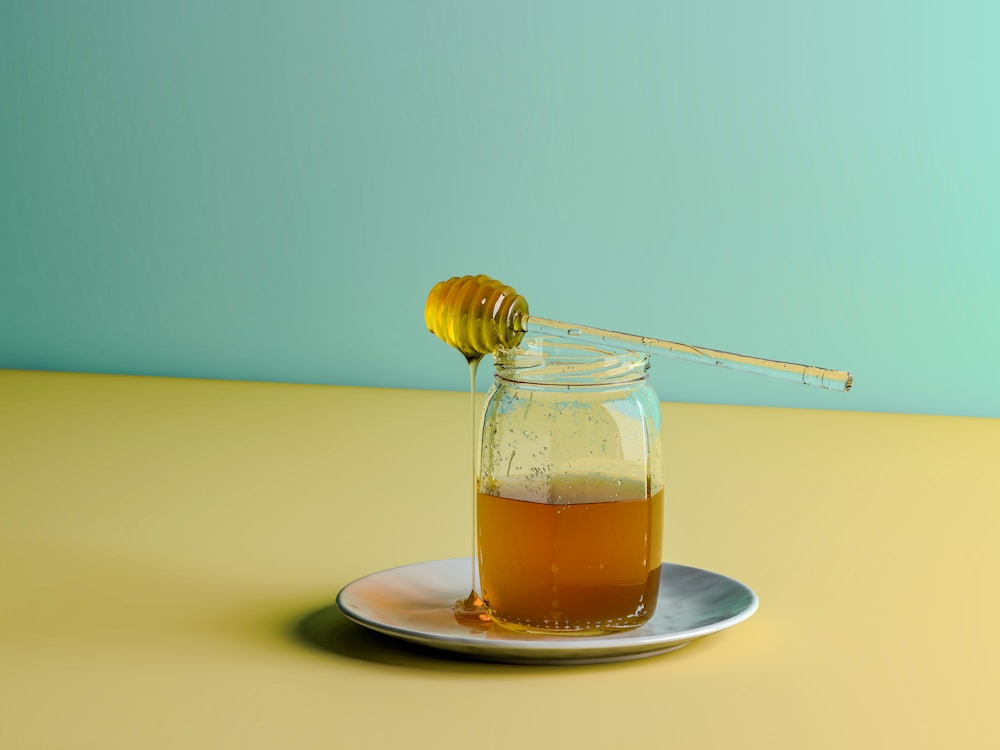
Using Local Honey
- Start Small: Begin with a teaspoon of local honey daily. Gradually increase the amount over time.
- Consistency is Key: Consume honey consistently, even outside allergy season, to build and maintain tolerance.
- Check Authenticity: Make sure the honey is raw and locally sourced for the best results.
For more information on the benefits of local honey, you can refer to this Healthline article on honey and allergies.
Nasal Irrigation: Cleanse Your Sinuses
Nasal irrigation is another effective home remedy for allergies. It involves flushing out your nasal passages with a saline solution to remove allergens and mucus.
How Nasal Irrigation Works
Nasal irrigation helps by clearing out the nasal passages, reducing the amount of allergens that can cause irritation and inflammation. It also moisturizes the nasal passages, which can be especially helpful during dry weather or allergy season.
Performing Nasal Irrigation
- Choose Your Device: You can use a neti pot, squeeze bottle, or bulb syringe for nasal irrigation.
- Prepare the Solution: Mix 1 teaspoon of non-iodized salt with 2 cups of distilled or boiled (then cooled) water. You can also buy pre-made saline solutions.
- Irrigate Your Nose: Lean over a sink, tilt your head to one side, and pour the solution into one nostril. Allow it to drain out the other nostril. Repeat on the other side.
- Use Regularly: Perform nasal irrigation once a day during allergy season for the best results.
For detailed instructions on nasal irrigation, visit the Mayo Clinic guide.
Quercetin-Rich Foods: Nature’s Antihistamine
Quercetin is a natural plant compound found in many fruits and vegetables. It has anti-inflammatory and antihistamine properties, making it a great addition to your diet for managing allergy symptoms.
How Quercetin Works
Quercetin helps stabilize the cells that release histamines in your body, reducing allergic reactions. It’s found in foods like apples, onions, berries, and leafy greens.
Adding Quercetin to Your Diet
- Eat More Apples: Enjoy apples as a snack or add them to salads and smoothies.
- Include Onions: Use onions in your cooking, whether in soups, stir-fries, or salads.
- Snack on Berries: Blueberries, strawberries, and raspberries are tasty and rich in quercetin.
- Leafy Greens: Incorporate spinach, kale, and other leafy greens into your meals.
To learn more about quercetin and its benefits, check out this WebMD article.
Additional Tips for Managing Allergy Symptoms Naturally
Besides local honey, nasal irrigation, and quercetin-rich foods, there are other simple steps you can take to manage allergy symptoms naturally.
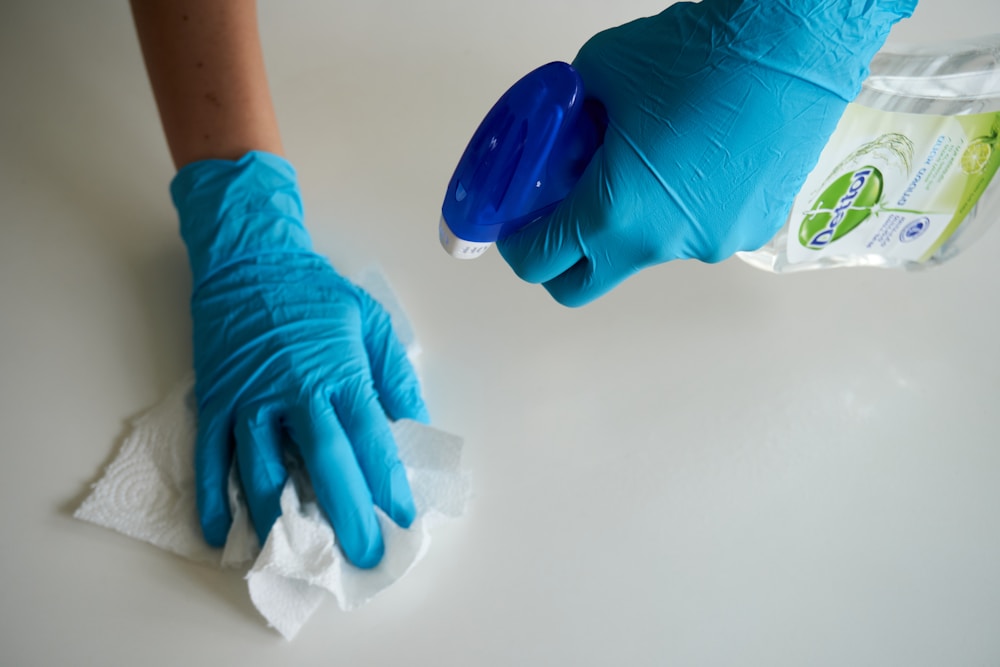
Keep Your Home Clean
- Vacuum Regularly: Use a vacuum cleaner with a HEPA filter to reduce dust and pet dander.
- Wash Bedding: Clean your sheets and pillowcases weekly in hot water to kill dust mites.
- Control Humidity: Use a dehumidifier to keep indoor humidity levels low, as dust mites and mold thrive in humid environments.
Use Natural Air Purifiers
- Houseplants: Some houseplants can help purify the air. Consider adding spider plants, peace lilies, or aloe vera to your home.
- Essential Oils: Certain essential oils like eucalyptus and lavender can help open nasal passages and reduce congestion. Use a diffuser to spread these scents throughout your home.
Stay Hydrated
Drinking plenty of water helps thin mucus, making it easier to expel allergens from your body. Aim for at least 8 glasses of water a day.
Herbal Teas
Some herbal teas, such as peppermint or chamomile, can help soothe allergy symptoms. They have anti-inflammatory properties and can provide relief from congestion and irritation.
Conclusion
Managing allergy symptoms doesn’t always require a trip to the pharmacy. There are many effective home remedies for allergies that can help you feel better naturally.
Incorporating local honey, nasal irrigation, and quercetin-rich foods into your routine can provide relief and improve your overall well-being.
Additionally, keeping your home clean, using natural air purifiers, staying hydrated, and drinking herbal teas can further help in managing allergy symptoms.
Remember, consistency is key with these natural remedies. Give them time to work, and you’ll likely see an improvement in your allergy symptoms.
By trying these natural methods, you can find relief from allergies and enjoy life without the constant sneezing, itching, and discomfort. So, give these home remedies for allergies a try and breathe easier today!




